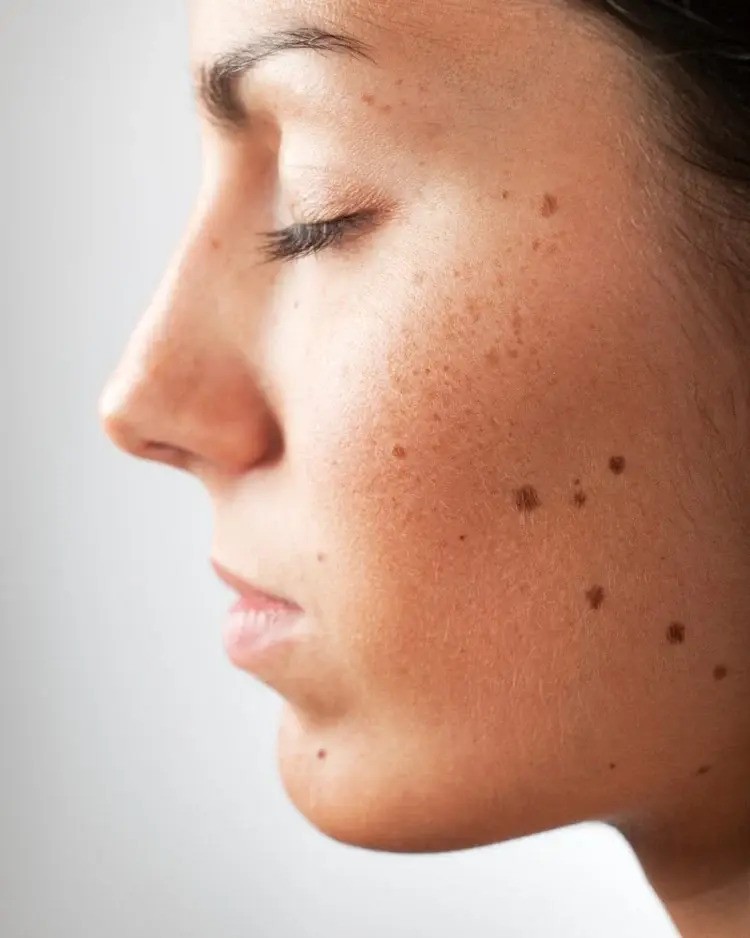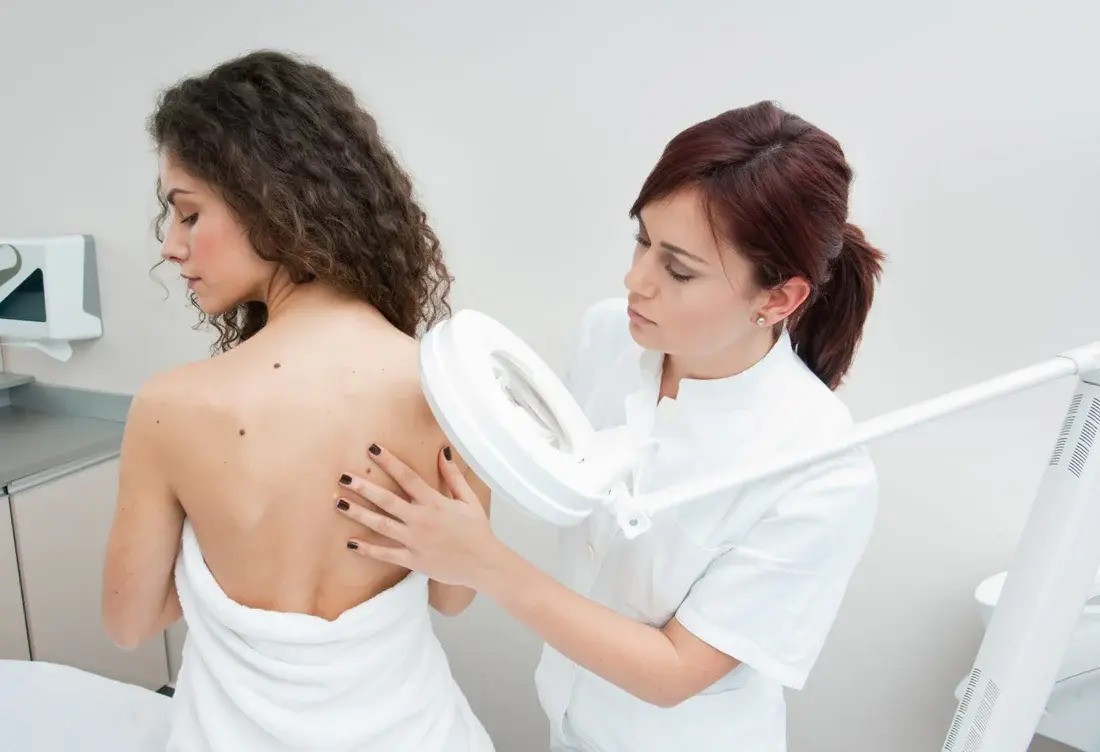Botox, widely recognized for its cosmetic applications, has emerged as a highly effective treatment for *chronic migraines*. Approved by the FDA, Botox injections offer a promising solution for those who experience migraines for 15 or more days each month. The treatment works by blocking the release of chemicals involved in pain transmission, effectively reducing the frequency and severity of migraine episodes.
During the procedure, a specialist administers a series of injections into specific areas around the head and neck. These injections target pain pathways and prevent migraine attacks from being triggered. Typically, **31 injections** are strategically placed, covering seven key areas. This comprehensive approach ensures that the treatment addresses the root cause of migraines rather than just alleviating the symptoms.
Patients often begin to notice a decrease in migraine frequency within two to three weeks post-treatment, with continued improvement over time. It is recommended to repeat the procedure every 12 weeks to maintain optimal results. This not only improves the quality of life for migraine sufferers but also reduces dependency on oral medications.
If you are struggling with chronic migraines and seeking a reliable solution, our expert team at Beauty O'Clock Medical Spa is here to help. Book an appointment / free consultation or call 647-812-8752 for more info. Let us guide you towards effective migraine relief with our specialized Botox treatments.
How Botox Injections Alleviate Migraines
The mechanism by which Botox alleviates migraines is both fascinating and complex. Unlike typical migraine treatments that focus on alleviating symptoms, Botox targets the underlying neurological factors that contribute to migraine attacks. By being injected into specific muscles around the head and neck, Botox works by blocking the release of neurotransmitters that carry pain signals in the brain. This interruption in the pain transmission pathway is crucial for preventing migraines from occurring.
Botox's role as a neurotoxin allows it to temporarily paralyze nerve endings, thereby reducing muscle contractions and relaxing overactive muscles that may contribute to the onset of migraines. This muscle relaxation not only decreases the frequency of migraines but also minimizes the severity of the attacks when they do occur.
For individuals who suffer from chronic migraines, these injections provide a dual benefit. In addition to the direct neurological effects, Botox also helps to reduce tension in the head and neck, which is often a contributing factor to migraine pain. Research indicates that patients can experience up to a 50% reduction in the number of days they suffer from migraines each month, highlighting the efficacy of this innovative treatment.
Overall, Botox injections serve as a preventative measure, addressing the root causes of migraines and offering patients a significant improvement in their quality of life. By focusing on prevention rather than just treatment, Botox provides a sustainable solution for those seeking long-term relief from chronic migraines.
Typical Botox Injection Protocol for Migraines

The typical Botox injection protocol for migraines is meticulously designed to target specific areas that are commonly associated with migraine pain. Patients undergoing this treatment can expect a structured approach that has been refined through clinical research to maximize effectiveness while minimizing discomfort.
During the procedure, a qualified healthcare professional will administer a series of injections, typically ranging from 31 to 39 shots, into seven key areas around the head and neck. These areas include the forehead, temples, the back of the head, the neck, and the upper shoulders. This comprehensive approach ensures that Botox targets the muscles most likely contributing to migraine attacks.
The injections are usually spaced about 12 weeks apart. This frequency allows the effects of the Botox to take full effect, while also giving the doctor an opportunity to assess the patient's response to the treatment and adjust the injection sites or dosage as necessary. It's important to note that Botox treatment for migraines is not a one-size-fits-all solution. The protocol may be tailored to the individual's specific pattern and severity of migraines.
Patients should be aware that it might take several weeks to notice a significant reduction in migraine frequency and severity. However, many report improvements after the first or second round of injections, with continued enhancements over time. The success of the treatment largely depends on adherence to the recommended schedule and ongoing evaluation by the healthcare provider.
Factors Influencing Number of Injections

Several factors influence the number of Botox injections required for effective migraine relief, making each treatment plan highly personalized. Understanding these factors can help patients and healthcare providers make more informed decisions about the treatment approach.
Severity and frequency of migraines are primary considerations. Patients experiencing chronic migraines—defined as having headaches on 15 or more days per month, with eight of those days featuring migraine symptoms—may require a more extensive injection protocol compared to those with less frequent occurrences. The goal is to target all the potential trigger points to reduce both the frequency and intensity of the attacks.
Another key factor is the patient's medical history and response to previous treatments. For individuals who have tried other migraine treatments without success, a more comprehensive Botox regimen might be necessary to achieve desired results. Conversely, patients who have responded well to other interventions might need fewer injections.
Additionally, the individual's anatomical structure and muscle configuration can affect the number of injections. Variations in muscle size and tension in the head and neck regions can dictate how many injections are needed to adequately cover the potential migraine-inducing areas. A skilled practitioner will assess these anatomical differences to customize the injection sites and dosage.
Finally, ongoing assessment and adjustment play a critical role. After initial treatments, the number of injections may be modified based on the patient’s response, ensuring that the treatment remains effective and tailored to evolving needs.
Potential Benefits of Botox for Migraines

Botox has emerged as a promising treatment option for those suffering from chronic migraines, offering a range of potential benefits that can significantly enhance quality of life. As an FDA-approved treatment, Botox for migraines provides hope for patients who have struggled to find relief through traditional methods.
One of the most compelling benefits of Botox therapy is its ability to reduce the frequency and severity of migraine attacks. By targeting specific muscle groups involved in the onset of migraines, Botox injections can prevent the headaches from occurring as frequently. Many patients report a substantial decrease in the number of migraine days experienced each month, often seeing results within the first few treatment cycles.
Beyond the reduction in headache frequency, Botox also offers the advantage of minimizing migraine-related symptoms. Patients often experience less severe pain, reduced nausea, and a decrease in sensitivity to light and sound. This symptomatic relief can lead to fewer disruptions in daily activities, allowing individuals to maintain their responsibilities and enjoy life with less interruption.
Moreover, Botox treatments for migraines are generally well-tolerated with minimal side effects. Unlike some oral medications that can cause systemic side effects, Botox's localized application results in fewer adverse reactions, making it a suitable option for those who cannot tolerate other migraine medications.
Lastly, the convenience of Botox as a migraine treatment cannot be understated. With injections typically required every 12 weeks, it offers a less burdensome treatment schedule compared to daily medications, providing patients with a manageable routine that fits seamlessly into their lifestyle.
Consultation and Treatment Expectations

Before embarking on your journey to migraine relief with Botox, a detailed consultation with a qualified healthcare provider is essential. During this consultation, the practitioner will evaluate your medical history, current health status, and migraine patterns to determine if Botox is the right treatment for you. This personalized assessment ensures that the therapy will be both safe and effective.
Once deemed suitable for treatment, you will be informed about what to expect during and after the procedure. Botox injections for migraines are typically administered in a series of small doses. These injections are strategically placed in areas around the head and neck that have been identified as migraine trigger points. The procedure is relatively quick, often taking only 10 to 15 minutes, and involves little to no downtime, allowing you to resume your daily activities almost immediately.
It is important to have realistic expectations regarding the onset of results. While some patients may experience relief shortly after their first session, it is more common to notice significant improvements after a few treatment cycles. Consistent follow-up appointments with your healthcare provider will help monitor progress and adjust treatment plans as necessary to optimize outcomes.
For those considering Botox for migraine relief, understanding the consultation and treatment process is crucial. By setting clear expectations and maintaining open communication with your provider, you can embark on a path toward fewer migraine days and a better quality of life.
Interested in exploring Botox treatment for migraines? Book an appointment / free consultation or call 647-812-8752 for more info.
